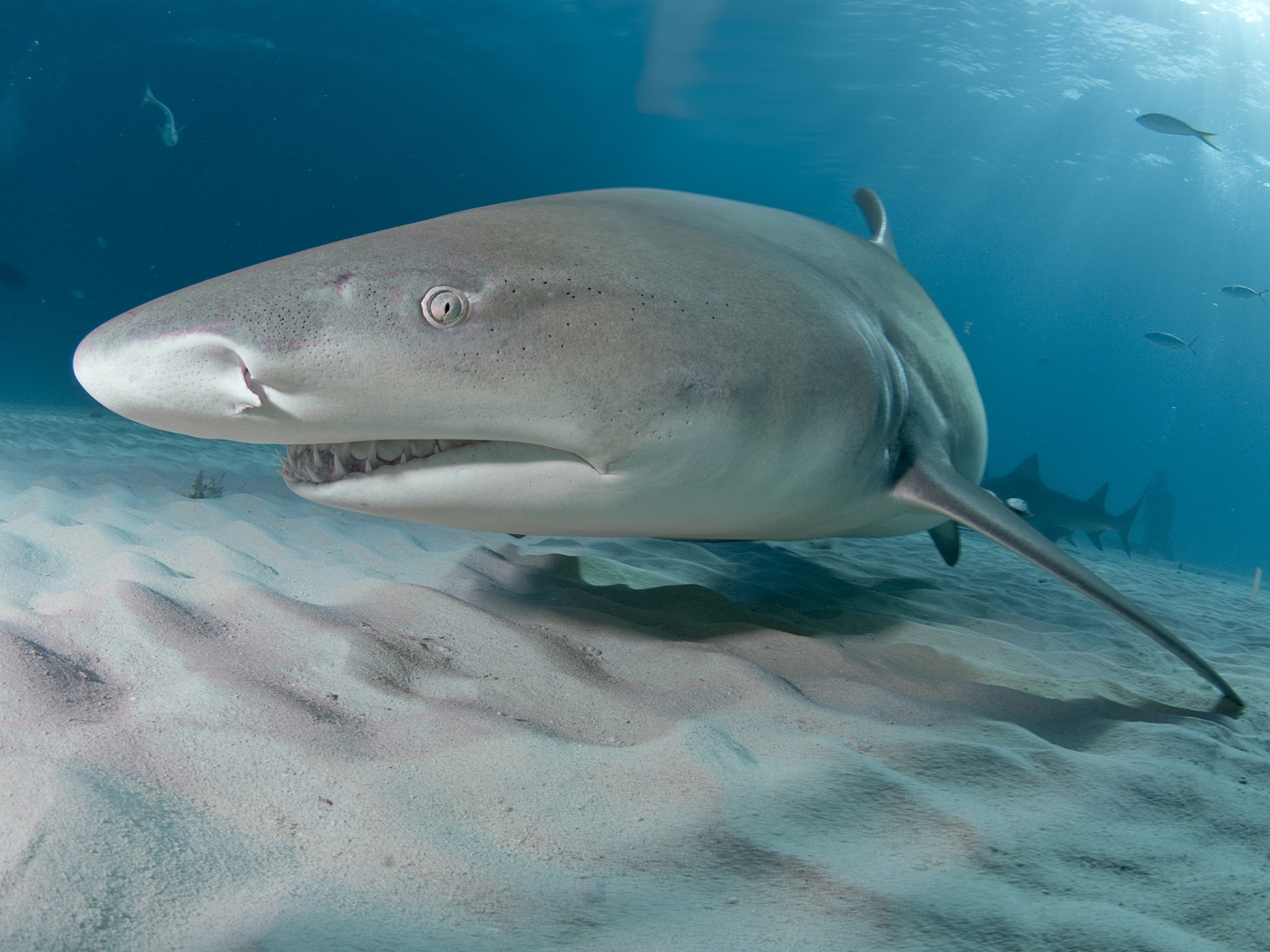Animals fascinate children. They should amaze adults, too, yet often we are too busy to take time to ponder and appreciate the God-given traits of the creatures who share our world.
Why should animals capture our attention? They are alive! Unlike plants, which are like biological machines (having no self-consciousness),1 higher-order animals like mammals and birds are truly alive, often displaying what might be called personalities. Although qualitatively distinct from humans—who are made in God’s image (Genesis 1:27)—animals have what Scripture calls a “soul” (Hebrew nephesh).2
This soul is something more than the animal’s physical body. A dog’s soul departs at death, yet its physical body remains. Thus, there is a difference between a dog’s immaterial life and its material body, just as we humans have physical bodies distinct from our immaterial selves. The animal’s soul is revealed by how he or she intelligently thinks, communicates, learns, and makes decisions—including problem-solving choices.
Although many animal behaviors exhibit preprogrammed responses to outside world conditions, not all animal behavior is instinctive. Some animal behaviors reveal that God chose to give them cleverness—abilities to learn new ideas, to fit new situations, and to solve practical problems of daily living.
As [Benjamin] Beck tells us in his book Animal Tool Behavior, [a crow] was fed partly on dried mash, which its keepers were supposed to moisten. But sometimes (being merely human) they forgot. The crow, undaunted, would then pick up a small plastic cup that had been provided as a toy, dip it into a water trough, carry the filled cup across the room to the food, and empty the water onto the mash. “If the water was spilled accidently,” Beck writes, “the crow would return to the trough for a refill rather than proceed to the food pan with an empty cup.” The bird was not taught to do this. “The [problem-solving] behavior appeared spontaneously,” Beck reports.3
Many other examples of problem solving by resourceful animals could be given. Domesticated livestock, family pets, wildlife, and laboratory-tested animals come up with clever solutions to the challenges of daily living to secure food, water, air, shelter, rest, information, and reproductive success.3-5
But the resourcefulness of animals should not surprise us. Proverbs informs us that God wisely installed wisdom into animals—even small creatures like ants, conies, locusts, and lizards.6
Literally, these animals are “wise from receiving [God’s] wisdom.”7 Fascinating!
References
- For more information about the nature of plants, see Morris III, H. M. 2012. It’s Alive! Acts & Facts. 41 (8): 4-5.
- Regarding animals having nephesh-characterized life, see Genesis 1:20-21, 24; 2:19; 9:10, 12, 15-16; Leviticus 11:46. See Johnson, J. J. S. 2013. “New from Nothing”: Is God Still Creating Today? Acts & Facts. 42 (5): 10-11. See also Joubert, C. 2011. What Makes Us Human, and Why It Is Not the Brain: A Creationist Defense of the Soul. Answers Research Journal. 4: 217-232.
- Savage, C. 1997. Bird Brains: The Intelligence of Crows, Ravens, Magpies, and Jays. San Francisco: Sierra Club, 2-4. See PLOS Media’s “Causal understanding of water displacement by a crow,” posted on youtube.com. See also Burke, M. 2016. Only clever observers realize just how intelligent fish crows are. Chesapeake Bay Journal. 26 (8): 39.
- Even parrots can appreciate the cause-and-effect thinking needed “to understand and solve a novel situation.” See Bates, M. Problem-solving parrots understand cause and effect. Wired. Posted on wired.com October 17, 2013.
- Humble frillfin goby fish demonstrate amazing problem-solving abilities, as do tool-using dolphins, elephants, birds, tuskfish, and other resourceful animals. See Tomkins, J. P. 2016. Fish as Smart as Apes? Acts & Facts. 45 (12): 15. (“Clearly these complex cognitive fish abilities don’t fit the evolutionary paradigm…[but] they exemplify the incredible engineering and creativity of our great Creator God.”)
- Here semamith is translated as “lizard” based on analysis in Cansdale, G. S. 1976. All the Animals of the Bible Lands. Grand Rapids, MI: Zondervan, 24, 28, 199-200, 227, and 267.
- Proverbs 30:24-28 (translating chakâmîm mechukkâmîm in verse 24).
* Dr. Johnson is Associate Professor of Apologetics and Chief Academic Officer at the Institute for Creation Research.
















